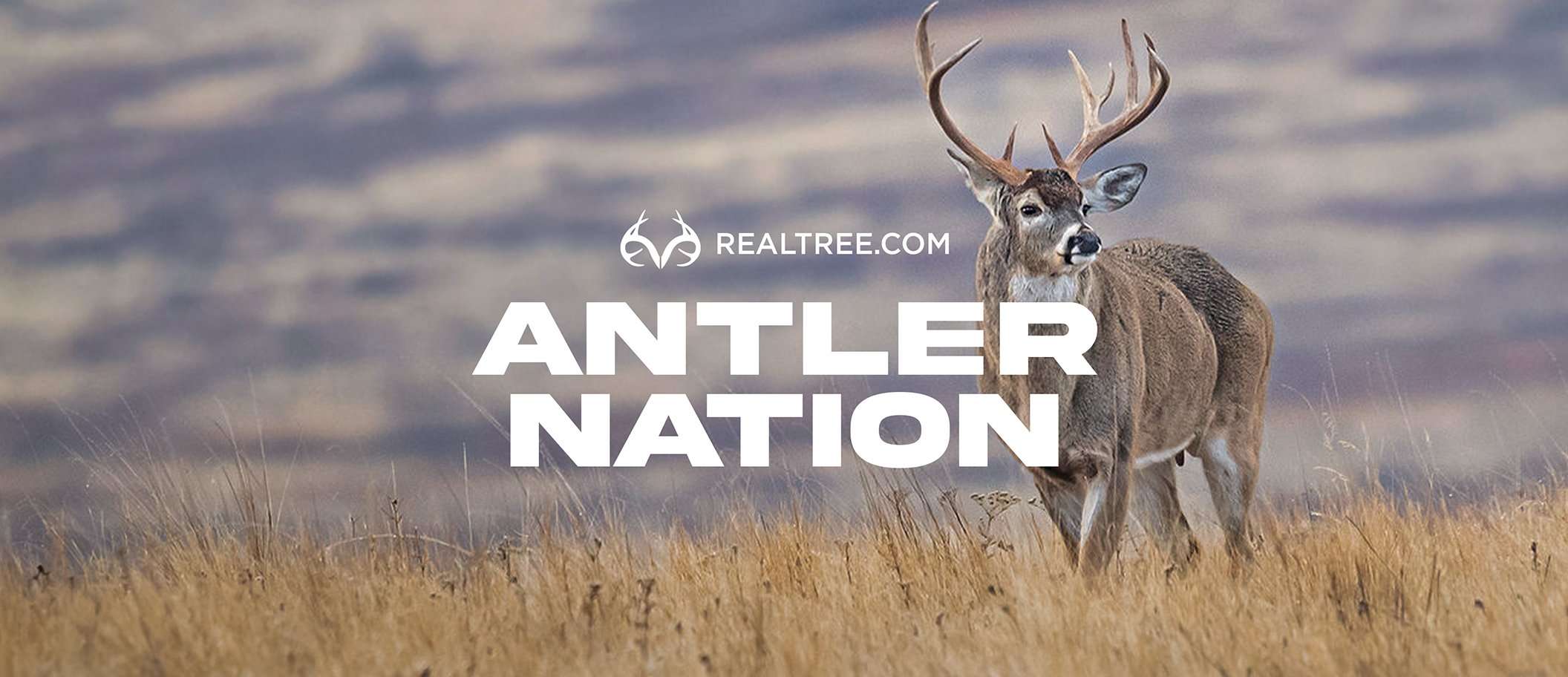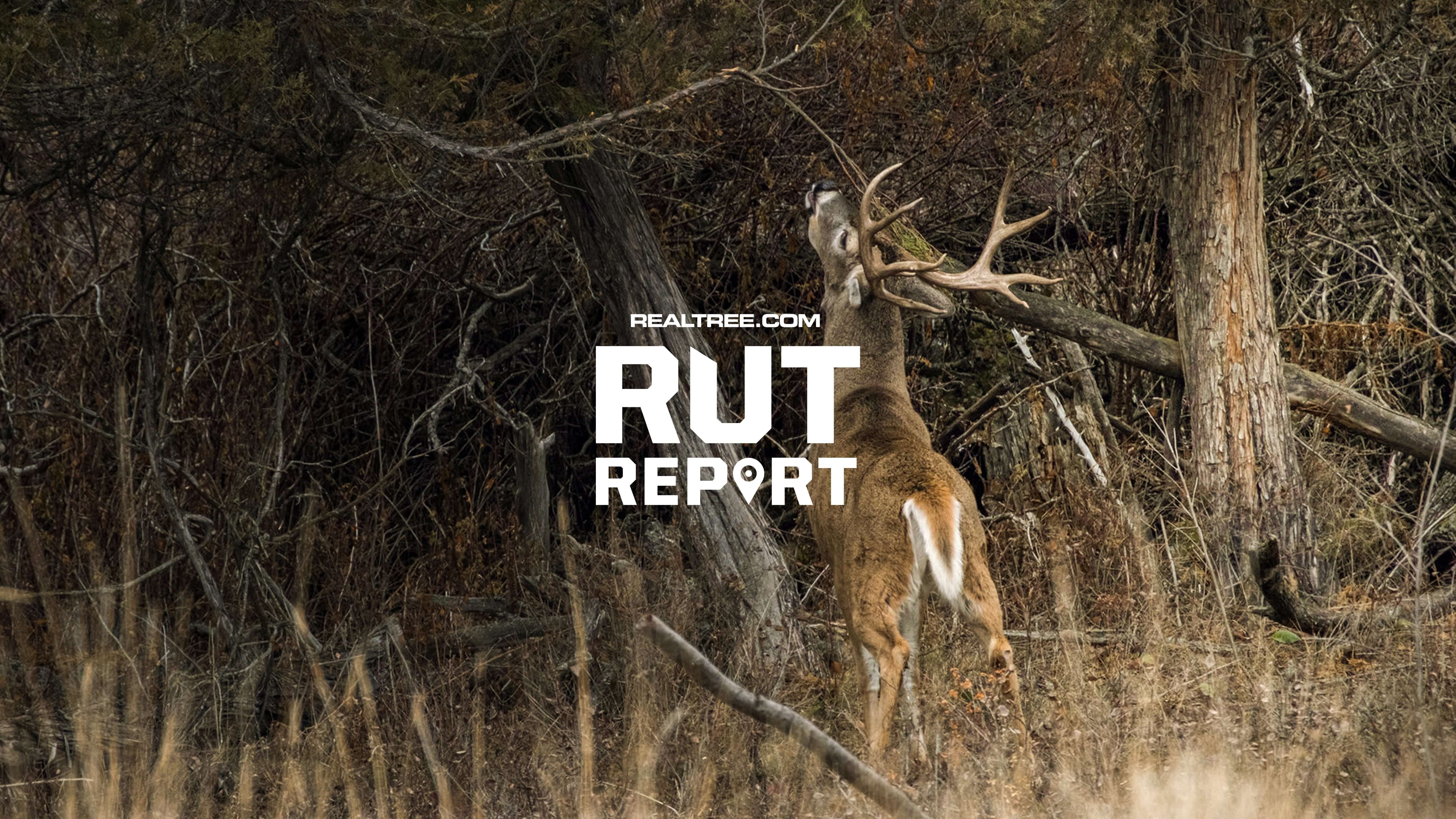From New England to points inland, turkey hunters in this diverse region can expect a solid spring season

Despite some regional hiccups, turkey numbers remain solid overall throughout the Northeast. Photo by Jim Cumming.
Some states in this region might be small, but the turkey hunting tradition is rich and large. And from all reports, Northeastern hunters can look forward to a pretty good Spring 2025 campaign. Here’s a state-by-state breakdown on what you can expect.
CONNECTICUT
“My outlook for Spring 2025 is for a relatively consistent season, possibly a little greater than last year,” said Will Cassidy, wild turkey and small-game program biologist with the Connecticut Department of Energy and Environmental Protection. “Our brood numbers in 2024 were slightly increased from 2023, and we had a plentiful acorn year.”
Cassidy said he couldn’t single out any particularly strong areas in the state, but said Zone 4 in northeastern Connecticut is typically No. 1 or 2 in annual harvest.
During Spring 2024, Connecticut hunters took 1,219 turkeys.
Read More: Turkey hunting in Connecticut
DELAWARE
Joe Rogerson, wildlife section administrator for the Delaware Department of Natural Resources and Environmental Conservation’s Division of Fish and Wildlife, said the outlook for Spring is positive following the Spring 2024 harvest, which was the state’s second-highest.
“Most zones in Delaware experienced similar harvests to last year, but inland areas of Kent and Sussex counties typically lead the share of turkey harvest in Delaware,” he said.
Delaware hunters took 732 birds in Spring 2024. The average harvest since 2012 is 645.
Read More: Turkey hunting in Delaware
MAINE
Kelsey M. Sullivan, migratory and upland game-bird program leader with the Maine Department of Inland Fisheries and Wildlife, said the number of 2-year-old gobblers will be down somewhat in 2025 because of below-average reproduction during Summer 2023.
“Southern and central Maine are higher-density areas and will likely have moderate numbers in Spring 2025,” he said. “Northern Maine is likely down somewhat due to lower densities and lower reproductive success of those smaller populations.”
The state’s Spring 2024 harvest was 6,660 turkeys. One note for traveling hunters: Maine’s season does not extend into June in 2025. It ends May 31.
Read More: Turkey hunting in Maine
Don’t Miss: How to Fool an Early Season Gobbler
MARYLAND
“I would expect the spring season to be about average,” said Bob Long, wild turkey and upland game-bird project manager with the Maryland Department of Natural Resources. “Below-average production in Spring 2023 will limit the number of 2-year-old gobblers in general. However, jakes and older age classes should be abundant due to better reproductive success in other years.”
Long said turkey populations continue to do well in the western Maryland. Also, turkey numbers have increased in the central and southern portions of the state the past few years. Populations in some areas, particularly in the eastern region, have declined from previous highs.
Maryland hunters took 4,959 turkeys during Spring 2024.
Read More: Turkey hunting in Maryland
MASSACHUSETTS
David Scarpitti, wildlife biologist with the Massachusetts Division of Fisheries and Wildlife, said the state has experienced wild summer weather the past few years, with flooding and droughts, so brood rearing conditions have varied. Still, spring harvests remain stable, so he expects a similar season outlook for Spring 2025.
“Similar to the statewide trends, our zone-by-zone harvest has remained quite stable, with no substantial increases or declines in reported harvest,” he said.
In Spring 2024, Massachusetts hunters shot 2,879 birds.
Read More: Turkey hunting in Massachusetts
NEW HAMPSHIRE
“The overall outlook for the Spring 2025 season looks good, but the harvest may be down slightly from previous levels,” said Andrew Timmins, game programs supervisor for the Wildlife Division of the New Hampshire Fish and Game Department. “The spring turkey harvest averaged 5,562 birds during the 2022 and 2023 seasons but declined to 4,562 (down about 18%) during the 2024 season. This decline was primarily attributed to poor hatching success during spring and summer of 2023, when New Hampshire received record rainfall.”
Timmins said the 2025 spring harvest might also be down, as there will be fewer 2-year-old gobblers. Production conditions were better in 2024, so there will be more jakes on the landscape this spring.
New Hampshire turkey populations are highest in wildlife management units H1, H2, I1, J2, K, L and M (in the southern third of the state). Turkey populations in those units are at or above goals, and hunters are allowed to take a second male turkey in spring in those units.
Read More: Turkey hunting in New Hampshire
Don’t Miss: 4 Tactics for Hunting Large Early Spring Turkey Flocks
NEW JERSEY
Garden State hunters should see an above-average harvest in Spring 2025, according to Jimmy Sloan, principal biologist with the Bureau of Wildlife Management of the New Jersey Department of Environmental Protection’s Fish and Wildlife Division. Prolonged dry periods during spring and summer in 2024 boosted poult survival. That might contribute to a higher percentage of jakes — perhaps 30% versus the typical 20% — in this spring’s harvest.
“The 10-year trend has pointed toward southern Jersey as a premier Eastern wild turkey destination,” he said. “Our highest harvests are generally in our southern turkey hunting areas. Northern Jersey has shown a decreasing trend in harvest but has great poult counts from 2024.”
In Spring 2024, New Jersey hunters took 9,020 turkeys.
Read More: Turkey hunting in New Jersey
NEW YORK
Mike Muthersbaugh, wildlife biologist for the New York State Department of Environmental Conservation, said the agency expects an average to above-average turkey harvest for Spring 2025.
“Based on the 2024 summer turkey sighting survey, productivity was above average across much of New York, which could mean there will be a greater number of jakes available for harvest in Spring 2025,” he said.
Muthersbaugh said turkey populations appear stable across most of the state, and the Catskill region and St. Lawrence River Valley remain good choices to find huntable flocks. With abundant public lands and potentially increasing turkey populations, the Adirondacks might also provide quality hunting experiences.
“Anecdotes of a depressed turkey population in central New York continue, and productivity estimates (poults per hen) for the region were among the lowest across the state in Summer 2024,” he said.
New York’s average spring harvest is about 16,000 to 18,000 birds.
Read More: Turkey hunting in New York
PENNSYLVANIA
Mary Jo Casalena, wild turkey biologist for the Pennsylvania Game Commission, described Spring 2025 prospects as “great.”
“Turkey populations are stable to increasing across all but three wildlife management units,” she said. “They’re increasing in WMUs 2A, 2C, 2D and 2E, decreasing in WMUs 5B, 4C and 3D, and stable in the rest. We have seen a general increase in the statewide reproductive success over the past four years.”
In Spring 2024, Pennsylvania hunters took 39,268 turkeys.
Read More: Turkey hunting in Pennsylvania
Check Out Our Latest Camo Pattern: Realtree APX
RHODE ISLAND
Lizzi Bonczek, upland game-bird biologist with the Rhode Island Department of Environmental Management’s Division of Fish and Wildlife, said biologist expect the Spring 2025 season to be similar to those of the past couple of years.
“From observations during the 2024 summer brood survey, we estimated an average of 3.3 poults per hen, which is on par with the past several years, in which we have also recorded high harvests,” she said.
Bonczek said the northwestern part of the state consistently sees the highest harvest, including the towns of Glocester, Burrillville and Foster. In 2024, Exeter and South Kingstown were also in the top five. Overall, Rhode Island hunters took 331 birds in Spring 2024.
Read More: Turkey hunting in Rhode Island
VERMONT
“The outlook for Spring 2025 is good for most of the state and moderate in some areas,” said Toni Mikula, upland game-bird biologist for the Vermont Fish and Wildlife Department. “We had a very successful breeding season in 2024 and a moderate harvest during the fall season. Some parts of state experienced poor mast production in the fall, however, and we are experiencing the coldest winter we have had in a few years, with some regions having persistent snow cover almost since Thanksgiving.”
Promising areas include traditional hotspots such as wildlife management units B (Franklin County), J (southern Washington and Orange counties) and O (the lower Connecticut River Valley). Mikula said the Champlain Valley could also be a good bet this spring because it receives little snow, and the agricultural landscape there insulates turkeys from shortages of natural food.
During Spring 2024, Vermont hunters shot 5,159 turkeys.
Read More: Turkey Hunting in Vermont
WEST VIRGINIA
The Mountain State, long a popular turkey hunting destination, has been pretty good in recent years. In Spring 2024, hunters took 11,650 bearded turkeys, a 6% increase from the state’s five- and 10-year average harvests, according to the West Virginia Division of Natural Resources.
Hunters in District 1 harvested more birds during 2024 season compared to 2023, but the harvest in districts 4 and 6 was similar to that of 2023. The harvest in districts 2, 3 and 5 decreased slightly from 2023.
West Virginia has good public land opportunities, too, with 500,000 state-owned acres and another million under U.S. Forest Service supervision.
Read More: Turkey Hunting in West Virginia












